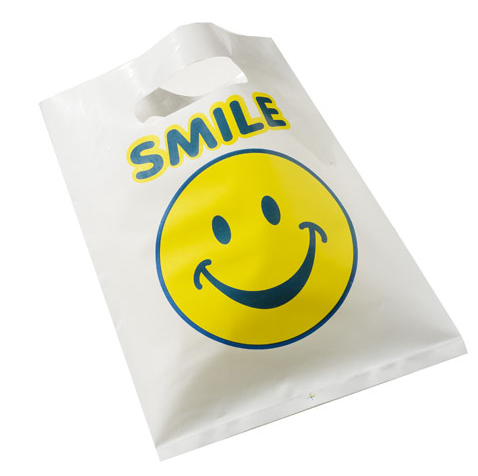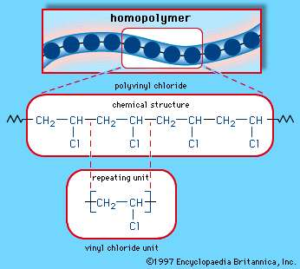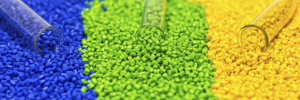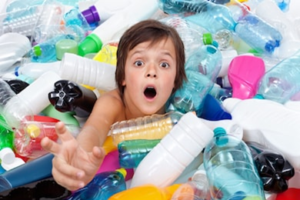
24 Sep What is Plastic?
Plastic has completely consumed our lives. But what is it exactly?
The Encyclopedia Britannica says “Plastic is polymeric material that has the capability of being molded or shaped, usually by the application of heat and pressure.”
Okay. Stay with me…I’m sure you are having flashbacks to chemistry… what is a polymer – “Polymer, any of a class of natural or synthetic substances composed of very large molecules, called macromolecules, that are multiples of simpler chemical units called monomers.”
Polymers make up materials in living organisms such as proteins and cellulose. And constitute such minerals such as diamond and quartz. But what brings us here today is the man-made material such as concrete, glass, paper, rubbers, and PLASTIC.
Just look at this alluring repeating chemical structure of polyvinyl chloride (PVC) below. It is cool how this repeating unit of vinyl chloride is synthesized as an industrial homopolymer PVC. Simple compounds units join together to form long chains.

Okay. I’m done chatting about chemistry… What are plastics made from? They are derived from materials found in nature, such as natural gas, oil, coal, minerals, and plants.
So let’s take a look at that goopy crude oil drilled from the land or sea which contains thousands of different hydrocarbons. Simpler mixtures of hydrocarbons (called fractions) can be used for making different types of plastics. Next separate our hydrocarbons out by fractional distillation, all at different temperatures. And bam …awesome stellar hydrocarbons!

Ok…I showed more chemistry, I can’t help myself. My mom has her master’s in chemistry. I’m pretty sure love for molecular shapes is embedded in my cells.
We now need to have a chemical reaction to kick-start the polymerization!

We need….
- Colorants – as you might have guessed… to make beautiful happy colors!
- Plasticizers – yup it’s a word… which makes plastics more flexible and easier to shape.
- Stabilizers – stop plastics from breaking down in the sunlight and heat
- Fillers – to make it more cheaply, typically use low-cost minerals.
And…we still aren’t done!

We only have a plastic polymer at this point which is also known as a resin.

This powder/grain resin needs to be fed into a machine, heated and shaped into our finished plastic product.

The reality is plastics have literally taken over everything. Seriously just look around your room. I’ll wait…Some plastic products you may see include your phone, laptop, Starbucks iced pumpkin cold brew cup, your carpet, grocery bags, food wrappers blah blah blah.
Okay. How about some non-common plastic products? These include the latest airplanes, modern cars (we are talking 50% by volume people!), and clothing (spandex, nylon, polyester also known as today’s modern comfy, sweat-wicking fabrics).
My parents love tennis. Their modern racquets are made with composites – carbon fiber-reinforced plastics. Ask my Dad if he wants his old wooden racquet back…I’m not even sure you can buy those anymore.
How about medical needs? Plastics are used as stents to open blocked heart arteries. They do their job and dissolve over time, helping to save a life, then disappear like Superman.

Plastics seem amazing and they are. But they are also having harmful environmental effects on the planet – after all, you can’t have too much of a good thing. Our next post will go into exactly how much plastics has exploded in the last 70 years.
We are producing 150,000 million tons of single-use plastic a year. If you need a visual that’s 10,714 very large elephants. Enough plastic is thrown away each year to circle the earth four times. It takes 500-1,000 years for plastic to degrade. Virtually every piece of plastic that was ever made still exists in some shape or form (with the exception of the amount that has been incinerated and that is another hot mess). It is hurting our animals, filling up our landfills, forming in ocean gyres (a spiral or vortex), and found in our deepest ocean trenches.
If that’s a little hard to swallow, on average people across the world unwillingly consume about the weight of a credit card of plastic each week in the course of daily life.

My goal with my book and this blog is to educate and provide solutions. You have no idea how much impact you have if you just care. I hope you will join me on this journey.
For more plastic info check these sites out!
https://www.explainthatstuff.com/plastics.html
http://www.fastenercomponents.com/news/things-that-plastic-has-replaced/


